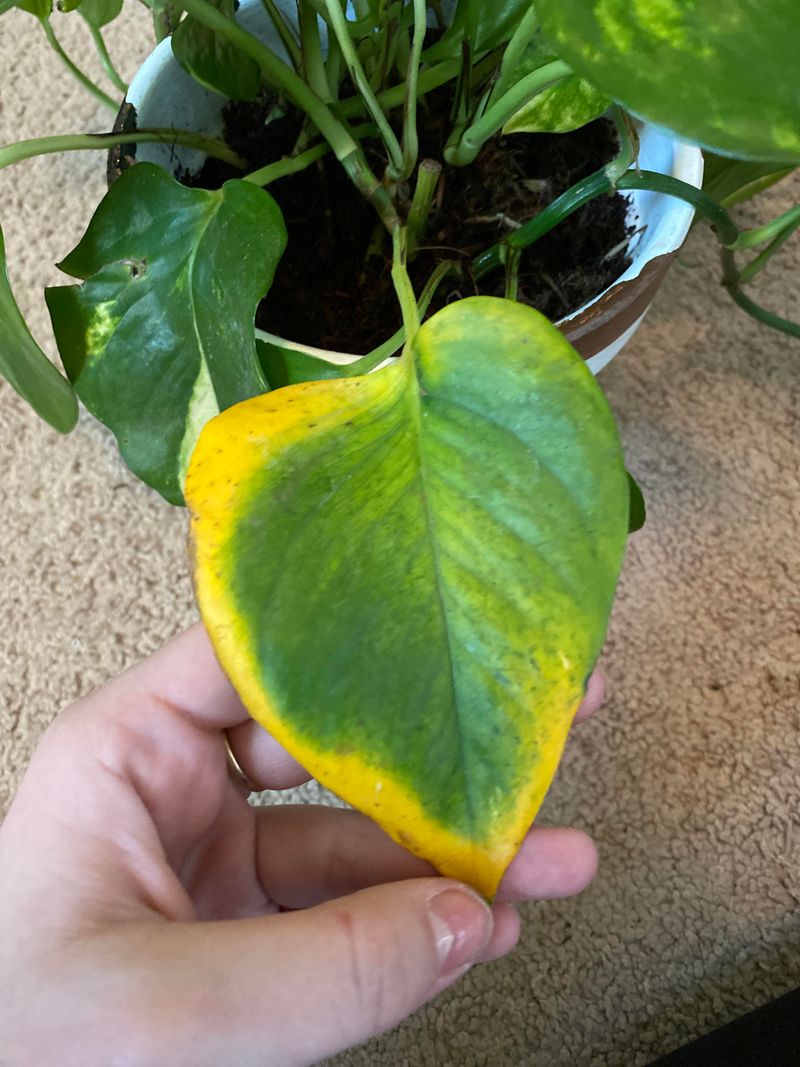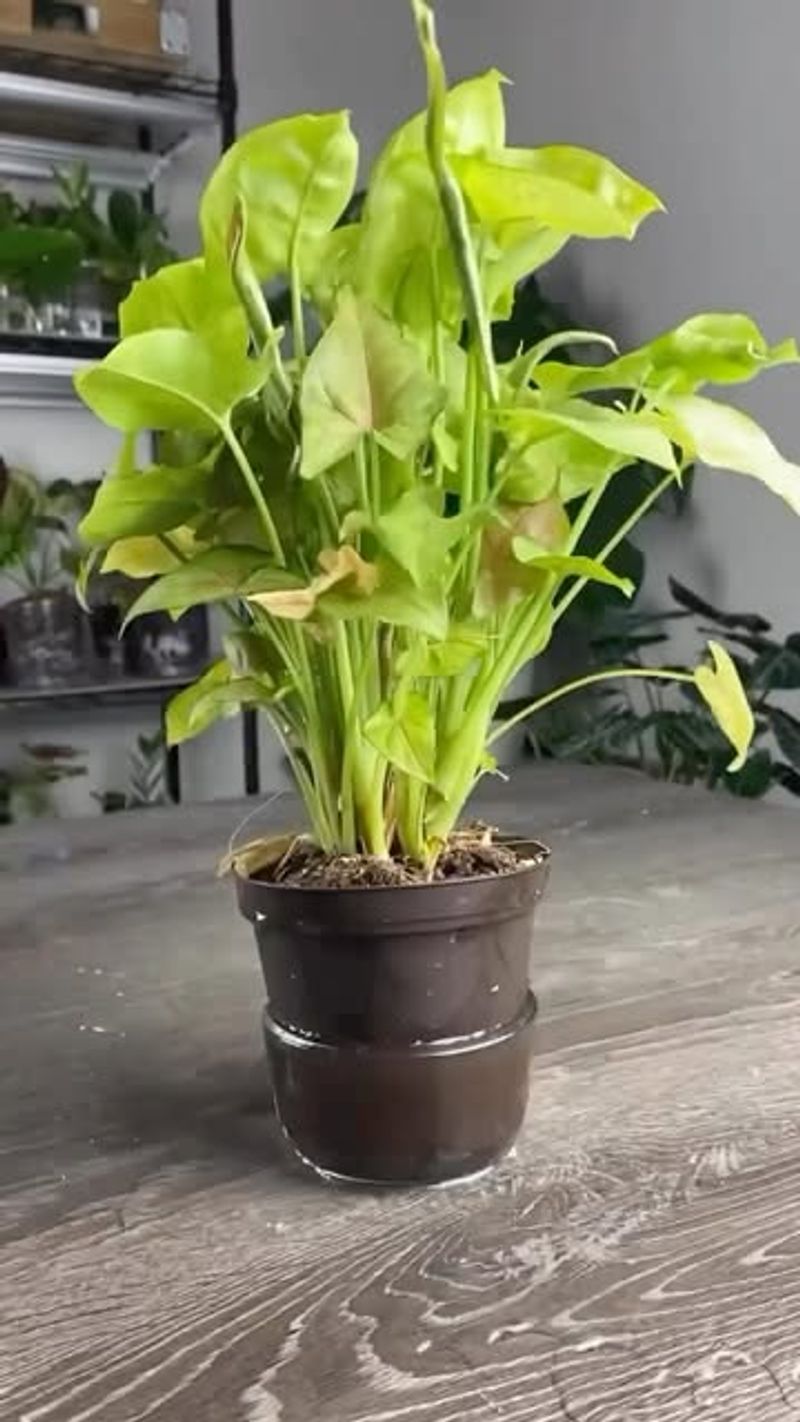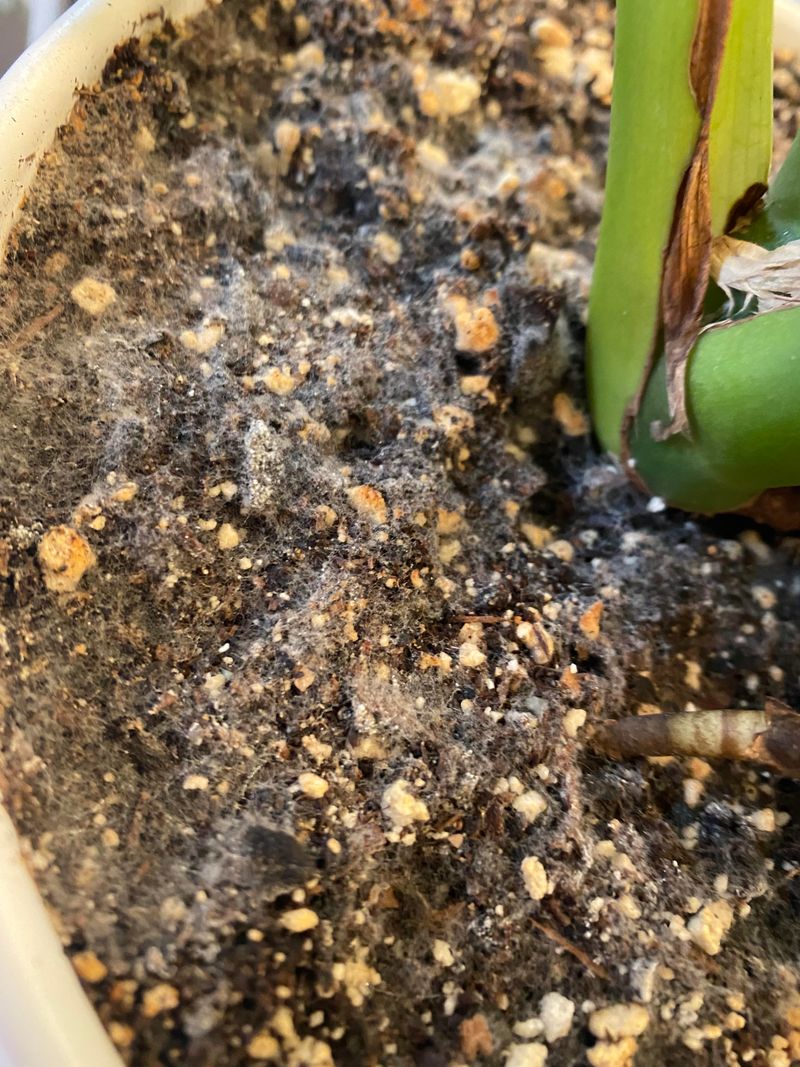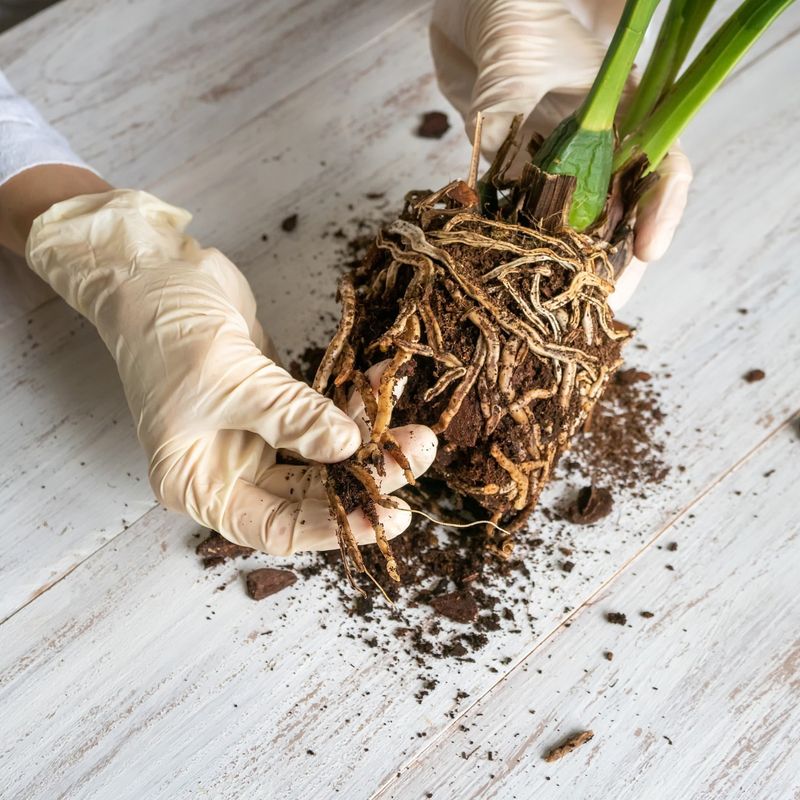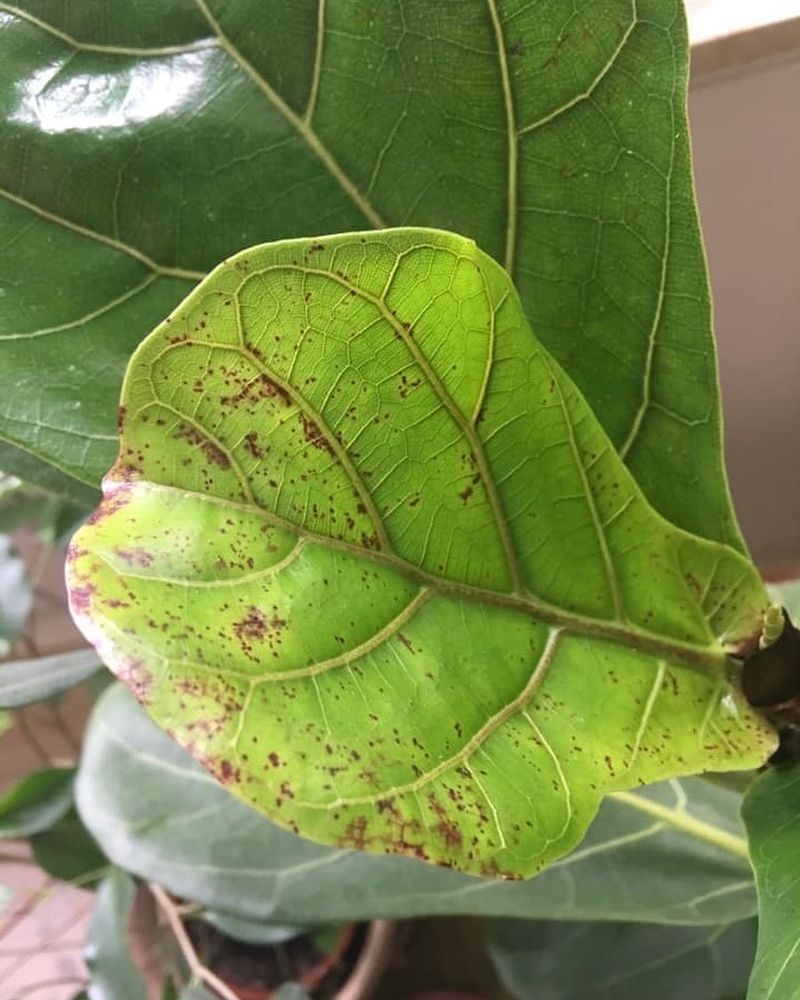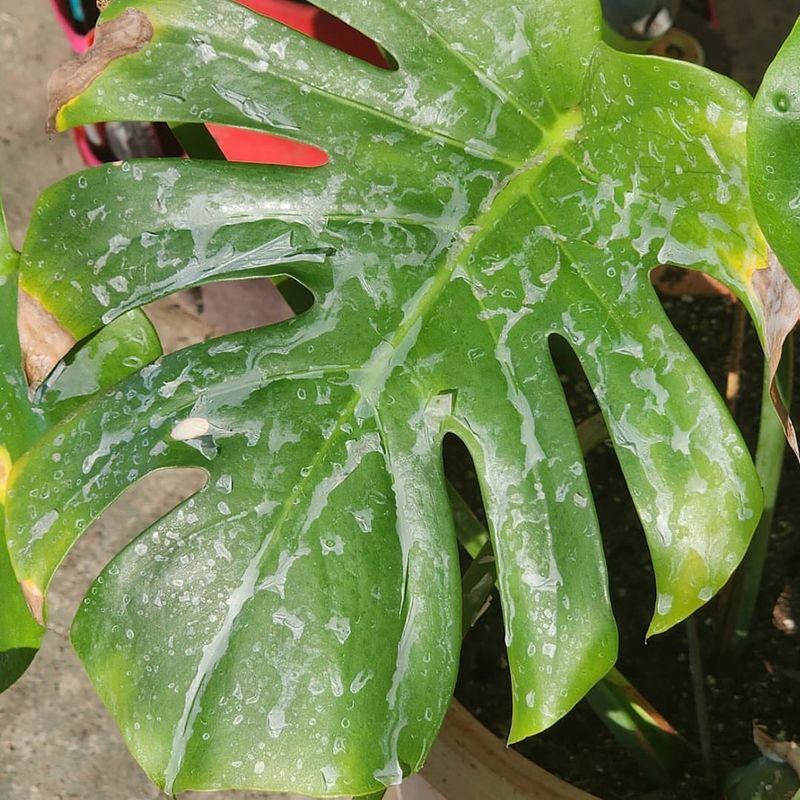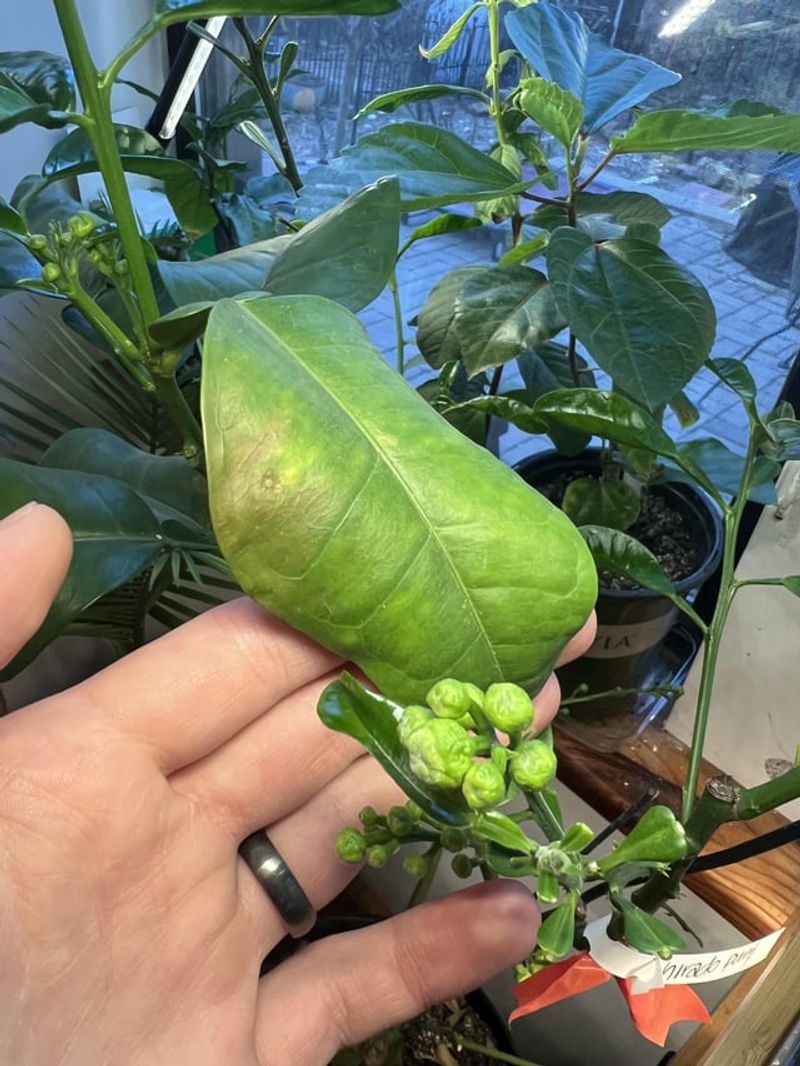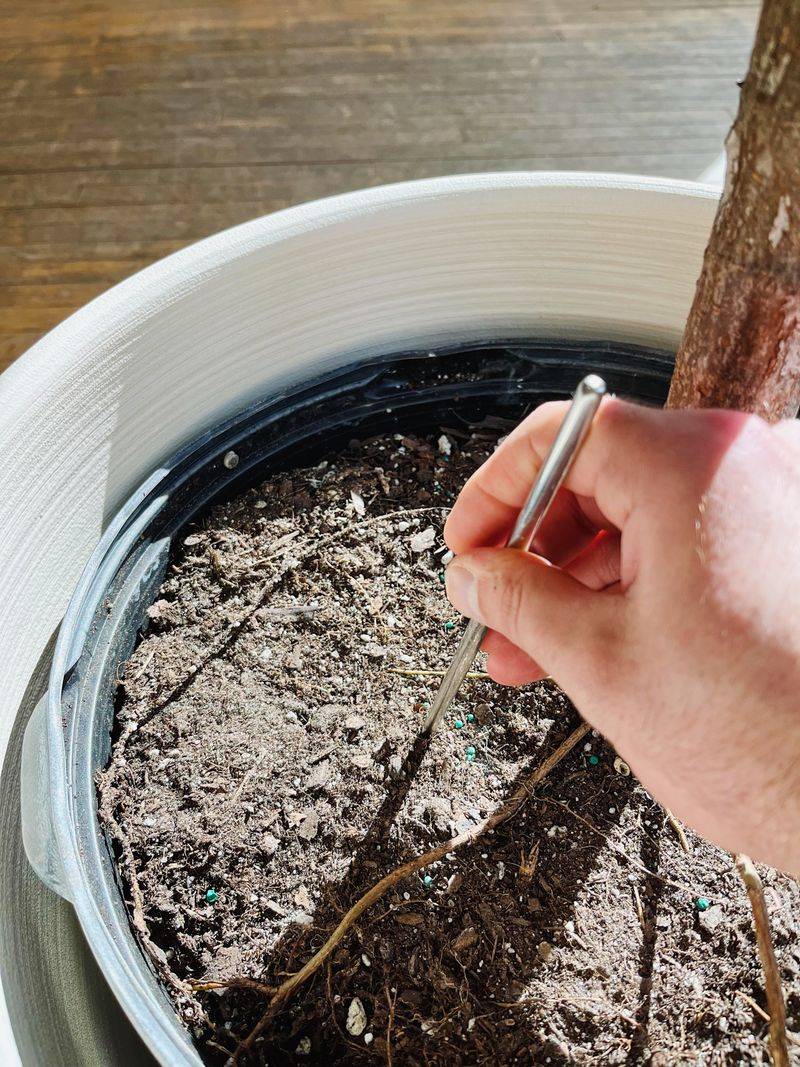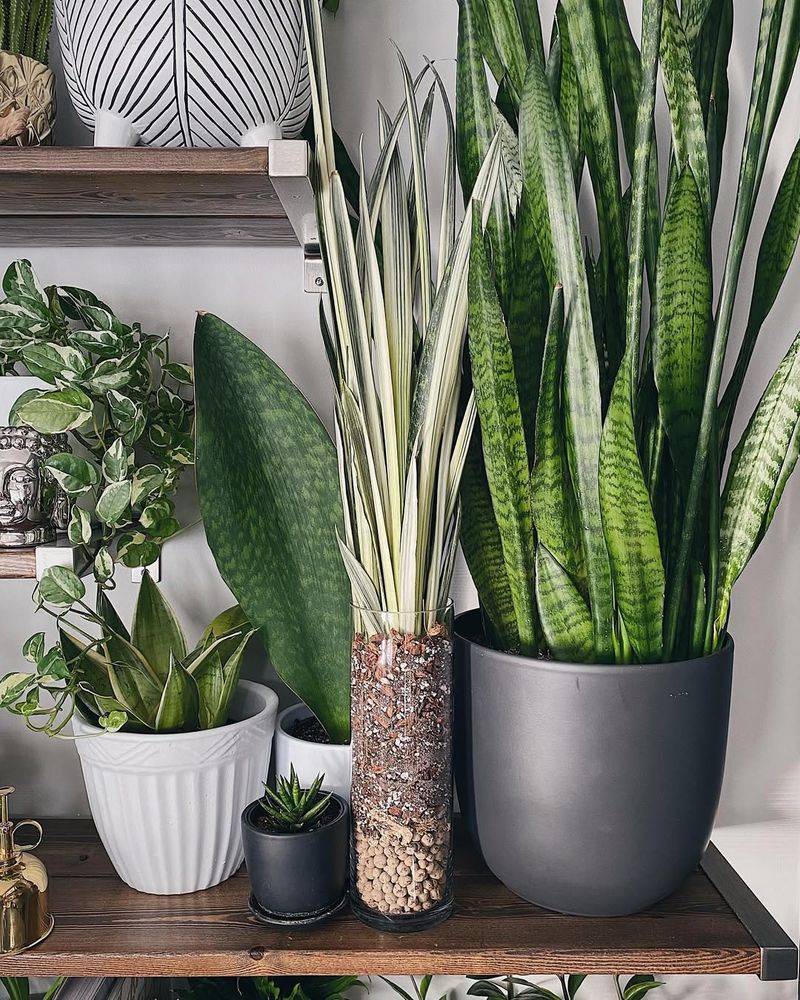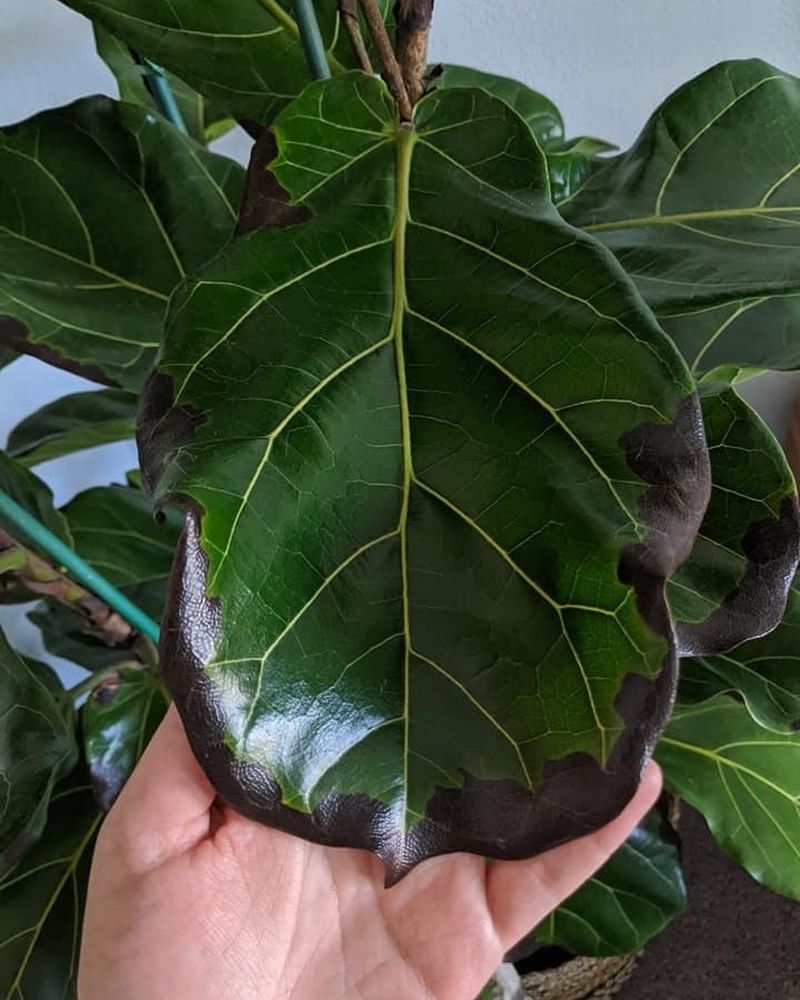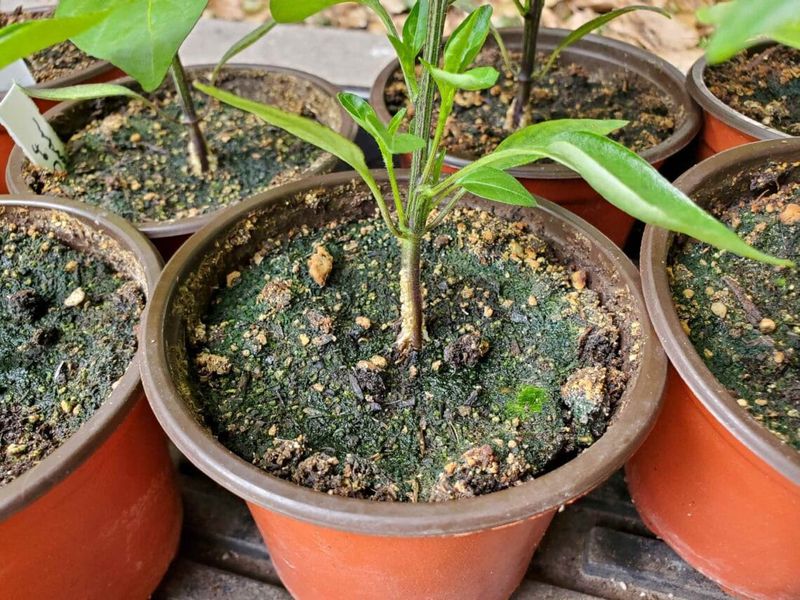Have you ever noticed your plant looking sad despite watering it regularly? Overwatering might be the culprit. It can happen easily if you’re not careful, leading to wilting or even death. Learn to recognize these signs so you can stop overwatering and bring your plants back to life.
1. Yellowing Leaves
Yellow leaves can be a clear sign of overwatering. When a plant gets too much water, it can’t take in enough oxygen, leading to yellow leaves.
Look closely and see if the leaves are turning from vibrant green to a pale yellow. This might be a call for help! To fix this, reduce water and ensure the pot has good drainage.
Letting the soil dry out can often bring the green back. Keep an eye on the soil’s moisture level to avoid future problems, making sure you water only when needed.
2. Wilting Despite Moist Soil
Wilting can be tricky. You might think your plant is thirsty, but if the soil’s wet, it might be drowning instead. Wilting despite moist soil indicates that the roots can’t breathe due to too much water.
Check the soil’s moisture by touching it. If it’s still damp, hold back on watering. Improving drainage by adding pebbles or using a pot with holes can help.
Letting the soil dry properly allows the roots to recover, and your plant should perk up soon! Remember, it’s about balance, not just more water.
3. Moldy Soil Surface
Mold on the soil surface is a sign of excess moisture. This often happens when water sits on the surface for too long. The sight of mold can be alarming, but it’s a sign that your plant is too wet.
To fix this, scrape off the moldy layer and let the soil dry out. Adjust your watering schedule, ensuring the soil isn’t constantly wet. Adding a small fan nearby can also help air circulate, keeping mold at bay.
Proper air circulation and moderate watering will prevent future mold issues and keep your plant healthy.
4. Mushy Stems
Mushy stems are a plant’s way of saying it’s had too much water. The excess water causes the stem to become soft and weak. If you notice this, it’s time to act fast!
Gently remove the plant from the pot and check for root rot. Trim any mushy or rotten roots and repot in fresh soil. Make sure your new pot has adequate drainage holes to prevent future sogginess.
By cutting back on water and giving your plant a fresh start, you can help it recover from overwatering and regain its strength.
5. Root Rot
Brown and mushy roots are a clear indication of root rot. This nasty condition occurs when roots sit in waterlogged soil for too long. To tackle this, gently remove the plant from its pot and inspect the roots.
Trim away any brown, mushy parts. Repot the plant in fresh, well-draining soil. Be cautious with watering in the future, letting the topsoil dry out between waterings.
Good drainage and careful watering can prevent root rot from striking again. By acting quickly, you can save your plant from a soggy demise.
6. Leaf Edema
Leaf edema happens when the plant takes in more water than it can use. This causes blister-like bumps on leaves. These bumps can burst, leaving unsightly scars.
To combat this, reduce watering and improve air circulation around the plant. Moving it to a sunnier spot can also help as sunlight aids in evaporation.
Prune any heavily affected leaves to help the plant focus on new growth. With balanced watering and good airflow, your plant can bounce back from edema and flourish once more.
7. Fungal Diseases
Fungal diseases thrive in wet conditions and can spell trouble for your plant. If you see spotty, discolored leaves or powdery mildew, it’s time to take action.
Remove infected leaves and ensure the plant has good air circulation. Avoid overhead watering to keep the foliage dry. Using a fungicide can help manage the problem.
By maintaining a regular watering schedule and keeping leaves dry, you can prevent future fungal issues. Treating fungal diseases promptly keeps your plant healthy and vibrant.
8. Stunted Growth
Overwatering can stunt your plant’s growth. When roots are waterlogged, they can’t absorb nutrients effectively, hindering the plant’s development.
If your plant seems stuck and isn’t growing as it should, consider checking the soil’s moisture. Ensuring proper drainage by using a well-draining soil mix can help.
Water your plant only when the topsoil feels dry. Encouraging healthy root development will allow your plant to catch up in growth. Patience and careful watering will reward you with a thriving plant over time.
9. Leaf Drop
When a plant drops its leaves, it might be crying out for less water. Overwatering can cause leaves to fall unexpectedly as the plant struggles to cope.
If you notice a sudden leaf drop, reassess your watering habits. Check the soil’s moisture and let it dry before watering again. Prune any dead or damaged leaves to encourage new growth.
By adjusting your watering routine, you can help your plant hold onto its foliage. Over time, a balanced approach will lead to fuller, healthier plants with fewer leaf drop issues.
10. Soil Compaction
Compacted soil can suffocate your plant’s roots. Overwatering leads to soil compaction as the soil becomes dense and hard. This makes it difficult for roots to breathe and grow.
To fix this, carefully aerate the soil with a fork or small tool, allowing air to reach the roots. Repotting with a lighter soil mix can also help improve drainage.
Water sparingly, ensuring the soil remains loose and airy. With proper care, your plant will thrive in its loosened, oxygen-rich soil environment, leading to healthier growth.
11. Pest Infestations
Pests love damp conditions and can invade overwatered plants. If you notice tiny insects or pests crawling on your plant, they might be attracted to the wet soil.
To tackle this, reduce watering and let the soil dry out. Use insecticidal soap to remove pests and keep them at bay. Regularly check your plant for any signs of insects, paying close attention to the undersides of leaves.
By maintaining a drier environment, you can prevent pests from returning and keep your plant healthy and pest-free.
12. Unpleasant Odor
A bad smell coming from your plant might be a hint that something’s wrong. Overwatering can lead to a musty or moldy odor as the soil stays wet for too long.
If you notice an unpleasant scent, check the soil. Let it dry out and consider repotting with fresh soil. Ensure your pot has good drainage holes to prevent future waterlogging.
By keeping the soil dry and fresh, you can eliminate bad odors and keep your plant smelling like nature intended. A healthy plant often comes with a fresh, earthy scent.
13. Brown Leaf Tips
Brown tips on leaves can be a sign of overwatering. When roots are waterlogged, they can’t deliver nutrients effectively, leading to browning. If you spot this issue, check the soil’s moisture level.
Allow the top layer to dry before watering again. Prune the browned tips to encourage new growth. Consistent monitoring and adjusting your watering approach can help your plant recover.
Keeping a balanced watering schedule will prevent future browning and maintain the lush green appearance of your plant’s foliage.
14. Waterlogged Soil
Visible waterlogged soil is an obvious sign of overwatering. When soil holds too much water, it drowns the roots and prevents oxygen from reaching them.
This can cause severe damage. To fix this, allow the soil to dry thoroughly. Consider repotting in a container with better drainage. Adding perlite or sand to the soil can improve its drainage qualities.
By giving your plant the right environment, you can help it recover from waterlogging. A well-drained potting mix ensures your plant gets the air it needs to thrive.
15. Algae Growth
Algae growing on soil signals too much moisture. When soil stays damp, it creates a perfect environment for algae to flourish. You might notice a green layer on the soil surface.
To fix this, reduce watering and let soil dry out. Scrape off the algae and improve air circulation around the plant. Positioning the plant in more sunlight can also help as sunlight inhibits algae growth.
By balancing water and light, you can prevent algae from taking over. Keeping your plant’s environment dry will keep algae at bay.


